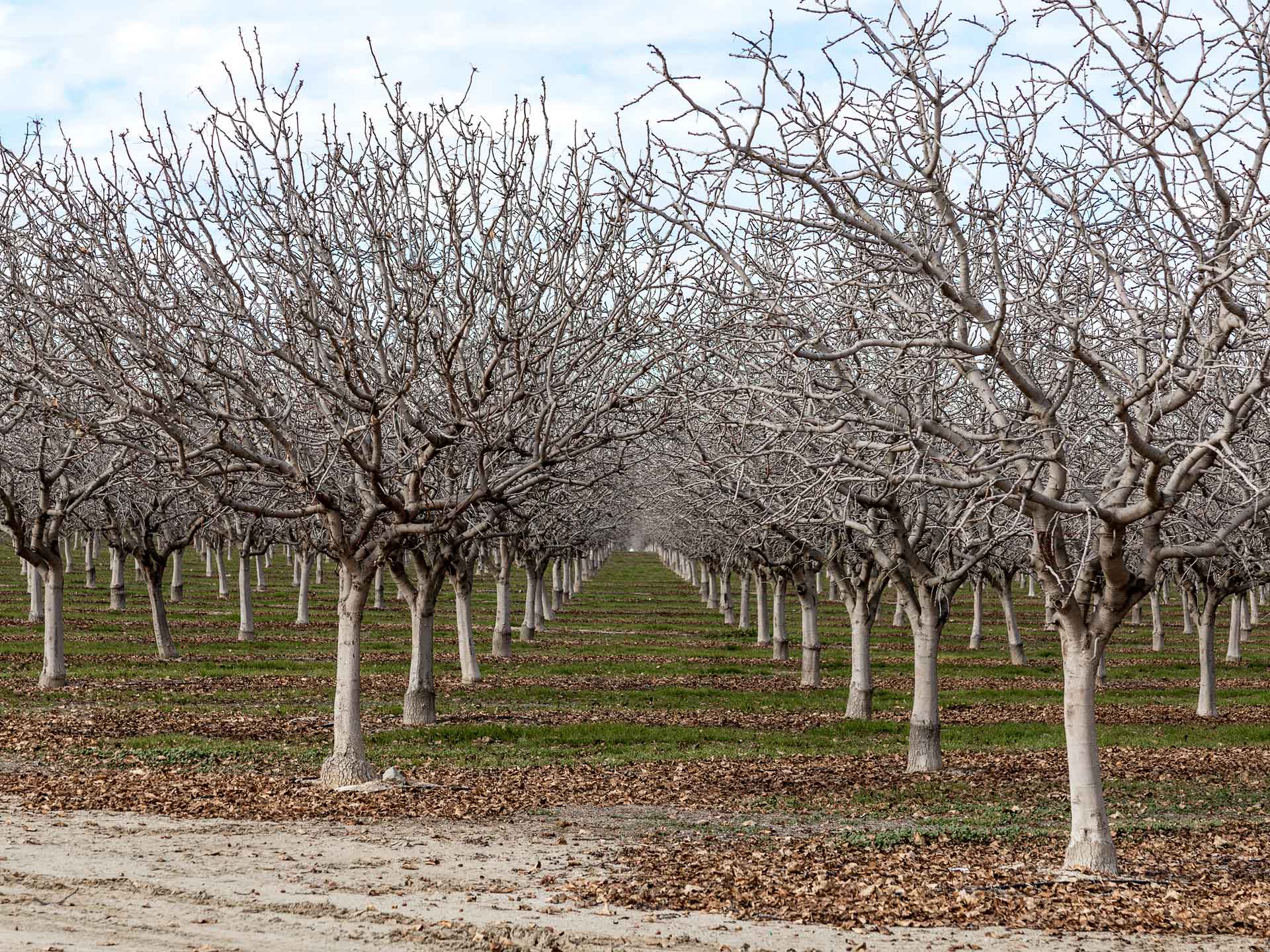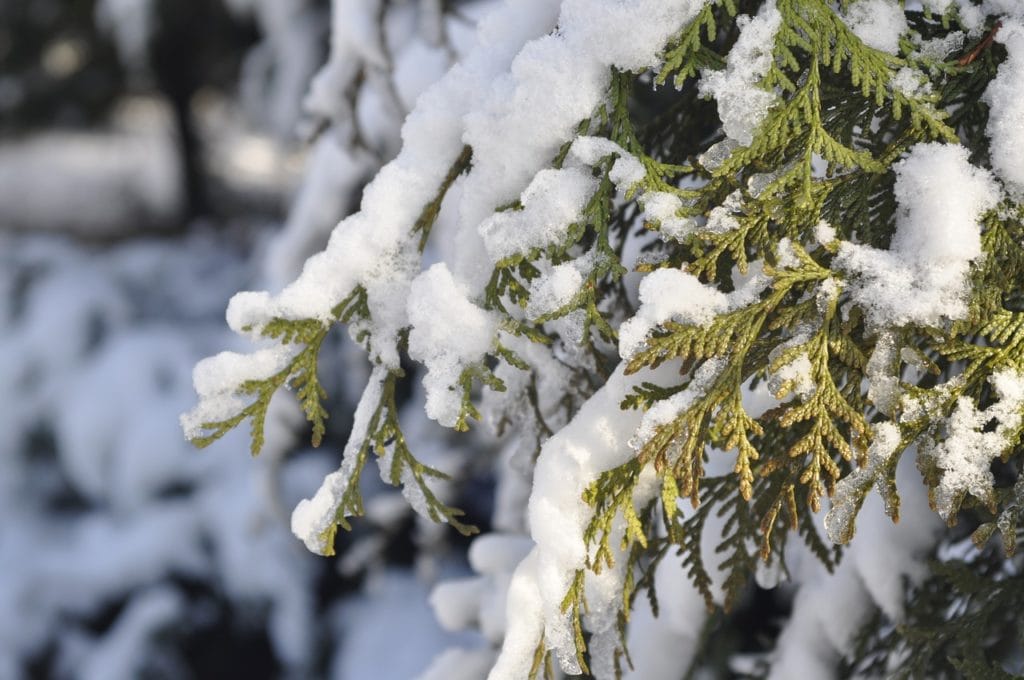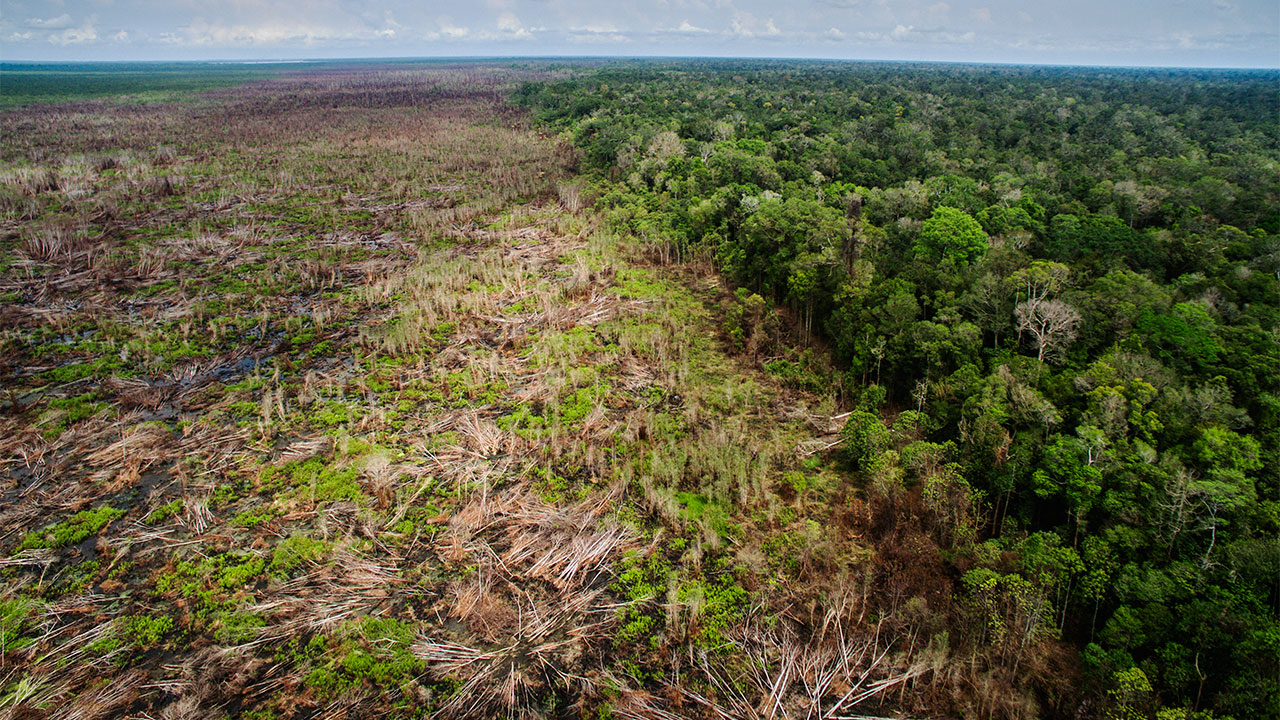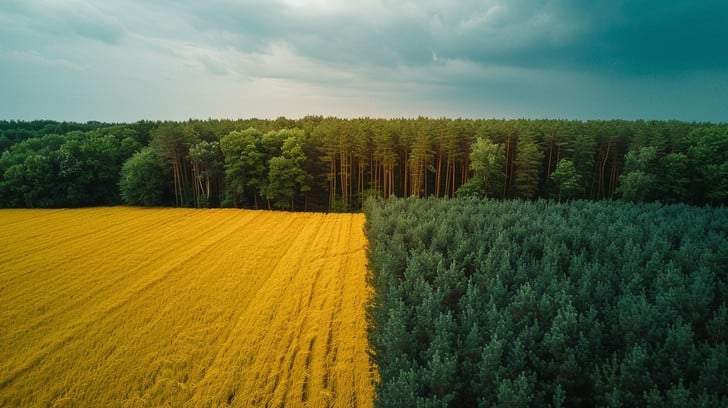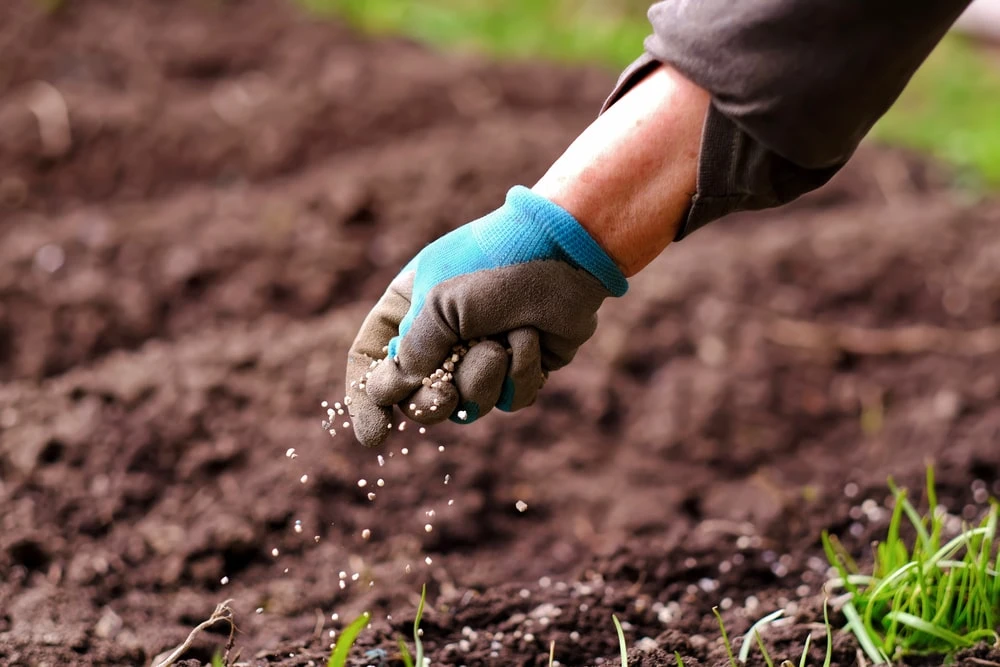Introduction:
As winter’s icy embrace descends, farmers find themselves grappling with a myriad of challenges that profoundly impact their livelihoods and the well-being of trees and plants. This blog explores the intricate dance between farmers and nature during the cold months, shedding light on the obstacles faced and the remarkable resilience displayed by both. From frosty fields to snow-covered orchards, the winter landscape presents a series of challenges that demand innovative solutions and a deep understanding of nature’s rhythms.
- 1. Frostbite and Crop Damage:
One of the primary challenges faced by farmers in winter is the risk of frostbite on crops. Sudden drops in temperature can lead to the formation of ice crystals within plant cells, causing cellular rupture and irreversible damage. Fruit trees, in particular, are susceptible to frostbite, jeopardizing harvests and impacting the economic viability of orchards.
2. Soil Health and Nutrient Availability:
Cold weather poses challenges to soil health, affecting nutrient availability for plants. The cold temperatures slow down microbial activity, reducing the decomposition of organic matter and nutrient release. Farmers must employ strategies to enhance soil health, such as cover cropping and organic matter incorporation, to ensure that plants receive the necessary nutrients for growth.
3. Water Management:
Winter brings unique challenges in managing water resources on farms. Freezing temperatures can lead to the formation of ice in irrigation systems, hindering water distribution to crops. Additionally, snowmelt and rainfall can contribute to soil erosion and nutrient leaching. Farmers must implement effective water management practices to address these challenges and maintain optimal moisture levels for plant growth.
4. Pest and Disease Management:
While winter may offer a respite from certain pests, it introduces new challenges in the form of cold-adapted pests and diseases. Some pests thrive in winter conditions, posing a threat to crops and trees. Farmers must remain vigilant in monitoring for signs of infestation and employ integrated pest management strategies to protect their plants.
5. Pruning and Winter Dormancy:
Pruning is a crucial practice for orchards and vineyards, but it requires careful consideration during winter dormancy. Improper pruning can leave trees vulnerable to diseases and reduce their resilience. Farmers need to strike a balance between promoting plant health through strategic pruning and avoiding potential harm to dormant buds and branches.
6. Protecting Livestock and Wildlife:
For farmers with livestock, winter brings the challenge of providing adequate protection and nutrition for animals. Additionally, protecting wildlife becomes a concern, as the scarcity of food prompts animals to forage in agricultural areas. Balancing the needs of livestock and preserving biodiversity requires thoughtful planning and the implementation of sustainable practices.
7. Extreme Weather Events:
Winter often brings with its extreme weather events, such as blizzards, ice storms, and heavy snowfall. These events can lead to infrastructure damage, power outages, and disruptions to farm operations. Farmers must prepare for such contingencies, ensuring the resilience of their operations in the face of unpredictable weather patterns.
8. Innovations in Winter Farming:
Amidst the challenges, farmers are embracing innovative solutions to enhance winter farming practices. High tunnels and greenhouses provide controlled environments for crops, extending the growing season. Cover crops are utilized to protect soil health and provide additional benefits, such as nitrogen fixation. These innovations showcase the adaptability and resourcefulness of farmers in mitigating winter challenges.
Conclusion:
Winter poses formidable challenges for farmers, testing their resilience and adaptability. However, it also unveils opportunities for innovation and sustainable practices that contribute to the long-term health of both agriculture and the environment. As we navigate the complexities of winter’s chill, it becomes evident that the delicate dance between farmers and nature requires a harmonious blend of traditional wisdom and modern ingenuity. Through sustainable practices, technological advancements, and a deep understanding of natural cycles, farmers can not only weather the winter challenges but also cultivate thriving ecosystems that endure for generations to come.
